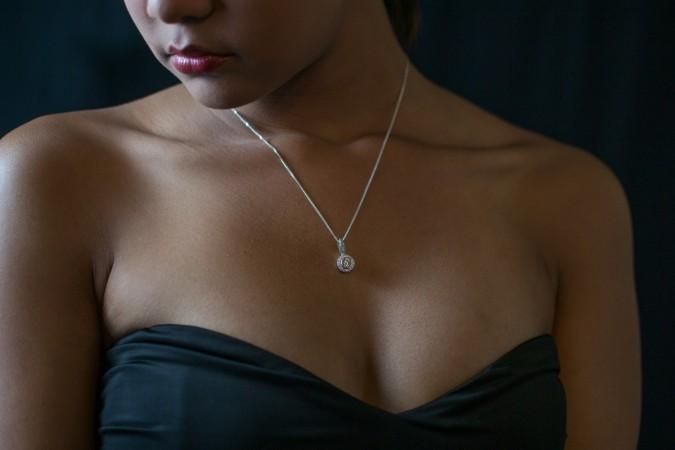
Led by spurt in smartphone penetration, improved logistics infrastructure, convenient payment gateways and the evolved online shoppers, the domestic online fashion market is estimated to reach $12-$14 billion level by 2020, according to a report released on Wednesday.
While online fashion shoppers will more than double to touch the 130 million mark, fashion e-commerce will constitute 11-12 per cent of the total domestic fashion market, a joint study by the global Boston Consulting Group (BCG) and social media company Facebook said.
Currently, 55-60 million consumers are buying fashion products online.
While fashion market in India is currently estimated at $70 billion -- where online contributes five per cent at around $4 billion -- $30bn of this market will be digitally influenced by 2020.
"Fashion is at the forefront on Facebook in India. It dominates the top 10 interest categories on Facebook and same is true for Instagram," Umang Bedi, Managing Director, India and South Asia Facebook, said.
Bedi added that one out of every two Instagram users in India was interested in fashion.
Asked if Facebook was planning to enter the e-commerce industry with opening up related ads on its platform, Bedi said Facebook drove value to top brands and advertisers in the market by connecting them with the people.
"We are partners to those companies. Thus, we do not intend to compete with our partners," Bedi said, adding that Facebook was all about connecting and helping people share content.
"The spurt of new fashion shoppers will bring with it a fundamental shift in the profile of online fashion shoppers. The 2020 shopper will no longer be the typical young, metro-residing male of today," said Rohit Ramesh, Partner and Managing Director, BCG.
By 2020, nearly half the shopper base will be women, more than 50 per cent will come from lower tiers (Tier 2 or even lower) and 37 per cent will be older than 35 years of age," Ramesh added.
This shift in the online shopper profile will require e-tailers to rethink their offers across several dimensions, including assortment, pricing and discounts, delivery options and return policies.
"By 2020, 33 per cent of all urban fashion consumers will buy online, which means for a mobile-first country like India, we will witness a high number of purchases taking place on the mobile," added Bedi.
"Mobile has become central not just to the way brands market and sell, but also how they design products, plan merchandising and engage with customers end-to-end," Bedi said.
A key finding of the report is around the interplay of online and offline channels in consumer paths to purchase.
The online shoppers are using a number of channels to discover, research and purchase apparel.
As of today, only 10-15 per cent of ad spends are on digital media despite the magnitude of digital influence on fashion spends.
"Variety, availability and having the right fit and having the ability to return -- those are the things which are becoming increasingly important to consumers in the fashion segment," Abheek Singhi, Senior Partner and Director (Mumbai office) at BCG, said.
Singhi added that profile of online shoppers was changing as it its focus on youth was widening.
The report called for a need for shift in media spending towards digital where further scope exists for brands and retailers.














